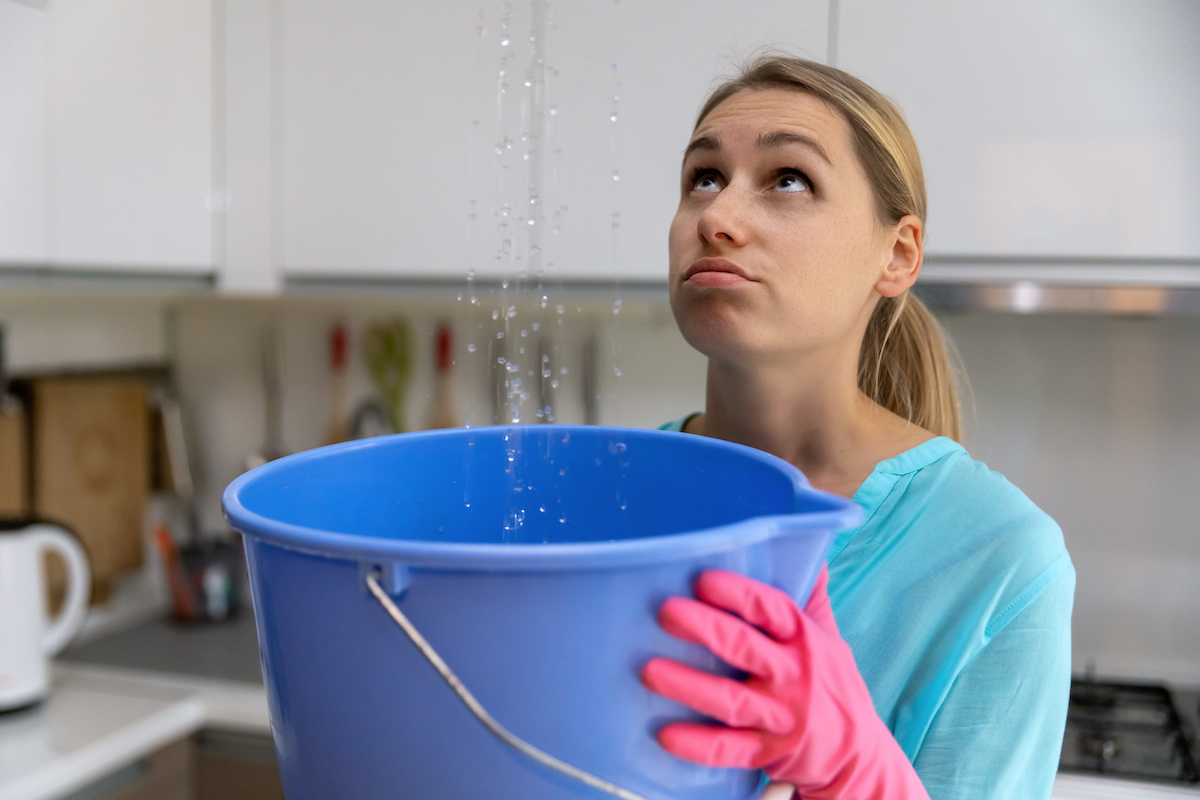Revealing the Main Origins of Leakage Within Your Home
Revealing the Main Origins of Leakage Within Your Home
Blog Article
What are your opinions on Most Common Causes of Leaky Pipes?

Leakages not just create waste of water yet can also cause unneeded damages to your residence and also promote unwanted organic growth. However, water leaks might go undetected since most of the pipework in our residence is hidden. By looking as well as recognizing for daily scenarios that create leaks, you can secure your home from future leaks and also unnecessary damage. Today, we will certainly take a look at 6 leakage causes that may be causing your pipelines to trickle.
Elbowing in origins
Most water leaks begin outside the house rather than inside it. You could notice wet spots or sinkholes in your yard, and that may suggest that tree origins are invading water lines triggering water to leak out.
Rusty water supply
As time goes by, your plumbing system ages and rust such as corrosion may begin gnawing the pipes. This could be the cause of discoloration or bending on your water pipes. This calls for an evaluation with your plumber promptly. If our plumbing system is old, take into consideration changing the pipes because they go to a greater risk of corrosion than the newer designs.
Malfunctioning Pipe Joints
The point at which your pipelines connect is regularly the weakest link in the waterline. Pipeline joints can deteriorate with time, leading to water leakages. The majority of pipe joints are not conveniently noticeable. If you have loud pipes that make ticking or banging noises, particularly when the hot water is switched on, your pipeline joints are probably under a great deal of pressure. It is recommended to have your plumber inspect your system once a year.
Instantaneous temperature modifications.
Extreme temperature level changes in our pipelines can trigger them to expand and also get suddenly. This growth and also contraction might create fractures in the pipes, especially if the temperature are below freezing. It would be best if you watched on exactly how your plumbing functions. The existence of the previously stated scenarios regularly suggests a high threat.
Poor Water Connectors
Sometimes, a leakage can be brought on by loosened hoses and pipes that supply your home appliances. Usually, shifting is what creates the loosened water Links. You may discover in the case of a washing equipment, a tube may spring a leakage as a result of trembling throughout the spin cycle. In case of a water links leakage, you may observe water running directly from the supply line or pools around your devices.
Blocked Drains
Blocked drains might be frustrating as well as inconveniencing, yet they can in some cases wind up triggering an overflow resulting in burst pipelines. Keep eliminating any kind of products that may go down your drains pipes that can clog them to stay clear of such hassles.
All the above are sources of leakages however not all water leakages result from plumbing leakages; some leaks may come from roofing system leakages. All leakages should be repaired quickly to stay clear of water damages.
Leakages not only cause waste of water yet can also cause unneeded damages to your residence and also advertise unwanted natural development. By looking and also recognizing for day-to-day circumstances that trigger leaks, you can protect your residence from future leaks and unnecessary damage. Today, we will look at 6 leakage creates that may be creating your pipes to leak.
At times, a leak can be caused by loose hoses and pipelines that supply your home appliances. In instance of a water connections leakage, you might see water running directly from the supply line or puddles around your appliances.
How To Check For Water Leak In Your Home
How To Check for Leaks
The average household's leaks can account for nearly 10,000 gallons of water wasted every year and ten percent of homes have leaks that waste 90 gallons or more per day. Common types of leaks found in the home are worn toilet flappers, dripping faucets, and other leaking valves. These types of leaks are often easy to fix, requiring only a few tools and hardware that can pay for themselves in water savings. Fixing easily corrected household water leaks can save homeowners about 10 percent on their water bills.
To check for leaks in your home, you first need to determine whether you're wasting water and then identify the source of the leak. Here are some tips for finding leaks:
Take a look at your water usage during a colder month, such as January or February. If a family of four exceeds 12,000 gallons per month, there are serious leaks.
Check your water meter before and after a two-hour period when no water is being used. If the meter changes at all, you probably have a leak.
Identify toilet leaks by placing a drop of food coloring in the toilet tank. If any color shows up in the bowl after 10 minutes, you have a leak. (Be sure to flush immediately after the experiment to avoid staining the tank.)
Examine faucet gaskets and pipe fittings for any water on the outside of the pipe to check for surface leaks.
Undetected water leaks can happen without the home or business owner even realizing. If you suspect a water leak, but not able to find the source. It is time to contact a professional water leak detection service, The Leak Doctor.
How To Find a Water Leak In Your Home
https://www.leakdoctor.com/blog/How-To-Check-For-Water-Leak-In-Your-Home_AE197.html

We hope you enjoyed reading our post on Most Common Causes of Leaky Pipes. Thanks for taking time to browse our post. Appreciated our article? Please share it. Let another person check it out. I take joy in reading our article about How Fast Water Damage Can Ruin Your Home.
We've got answers! Report this page